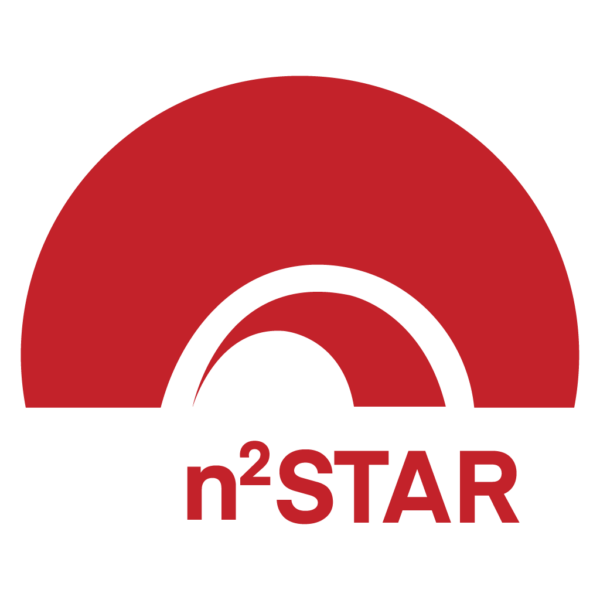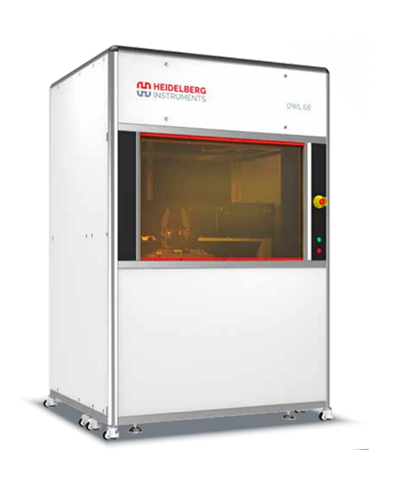


The versatile tool for research and prototyping, with variable resolution and a large selection of modules for easy customization.
The DWL 66+ laser lithography tool is a high-resolution direct-write pattern generator. As an allrounder, the DWL 66+ is ideal for research and development (R&D) in microelectronics, MEMS, microfluidics, sensors, non-standard substrates, advanced packaging — virtually any academic application that requires microstructure fabrication. The DWL 66+ stands out with its Grayscale Exposure Mode which creates complex 2.5D microstructures such as micro-optics for mobile applications, diffraction optical elements (DOE), computer-generated holograms, and structured surfaces.
It is a highly flexible and customizable system that precisely matches the requirements of your applications. Among the key features of the DWL 66+ are a High-Resolution Mode, front- and backside alignment, absolute position calibration and an automatic loading system.